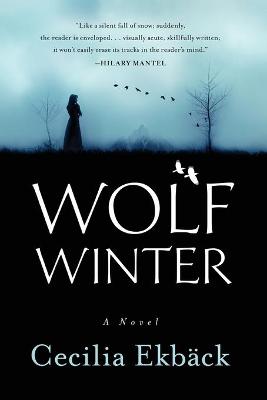Reviewed by Lianne on
The atmosphere of the novel definitely reminds me of Hannah Kent’s Burial Rites: that sense of isolation and stillness, the haunting mysteriousness of the cold landscape. Maija and her daughters endured much over the course of that winter, on top of the mystery concerning the mysterious and eerie death of Eriksson. It’s the perfect setting for a mystery and a character drama.
The story itself had a bit of a slow start despite of its powerful opening of finding Eriksson’s lifeless body as the relationships of the characters and their respective situations were established. It was interesting in order to understand where these characters are coming from–especially as the story progresses–but I felt it meandered a little too long before turning back to the main story. It’s a tale of twists and turns, with political maneuverings and hints of the supernatural playing a role in Maija and Frederika’s respective investigations into Eriksson’s mysterious death and its effect on the community. Interwoven throughout is the changes happening within Maija’s family as Paavo goes off to work at the coast for the winter and Frederika is transitioning to adolescence and Maija finds herself unable to keep up with the changes.
These are all excellent story threads and kept me turning the page–the reveal about the priest, Olaus, was unexpected–and provided complexity to the mystery of Eriksson’s death. However, I felt the novel ended rather abruptly. There was the reveal behind Eriksson’s death and the reason behind it, as well as hints on the general directions of where the characters go after the last page, but I felt it could’ve used a few more scenes at the end to wrap things up. I felt especially dissatisfied with the resolution to Maija and Frederika’s mother-daughter relationship; does it improve afterwards or does it remain at stalemate forever?
Overall though I enjoyed reading Wolf Winter. The desolation of the story and the landscape really came to life and it had its lyrical moments to compliment the sparceness of the atmosphere. The climax and wrap-up of the story left me wanting, but for the most part kept me glued to the story once the narrative took off. I would recommend this book for readers who enjoy mystery in their historical fiction and who enjoy books set in the Scandinavian countries.
Reading updates
- Started reading
- 21 September, 2015: Finished reading
- 21 September, 2015: Reviewed
